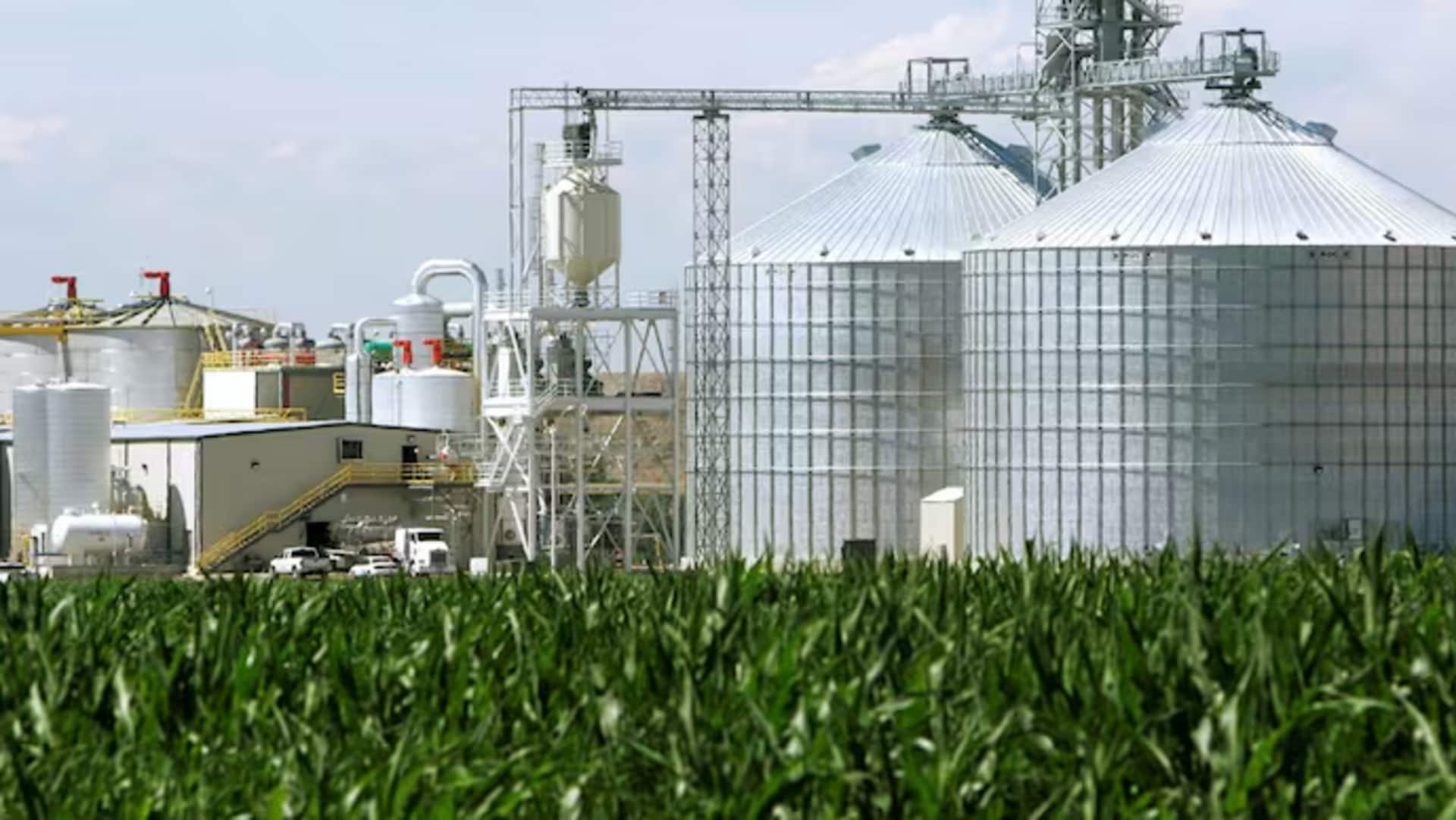
Why India does not import corn from US
What's the story
US Commerce Secretary Howard Lutnick recently criticized India's trade decisions, especially its refusal to import corn from the US. Lutnick questioned why India, with its 1.4 billion population, does not purchase American corn and suggested that India should lower its tariffs to facilitate business with the US. "Doesn't that rub you the wrong way that they sell everything to us and they won't buy our corn. They put tariffs on everything," Lutnick said.
Report
India has been a surplus producer of maize
India has traditionally been a surplus producer of maize, ranking as the world's sixth-largest grower. So far, India has been self-sufficient, producing almost 4 crore tonnes per year, largely from Uttar Pradesh, Andhra Pradesh, Maharashtra, Telangana, Tamil Nadu, Bihar, Madhya Pradesh, and Karnataka. Approximately 50 to 60 percent of this crop is diverted for animal feed, 15 to 20 percent for ethanol production, 10 to 15 percent for food consumption, and the remainder for industrial use.
Shift
Corn imports from Myanmar and Ukraine
However, the balance has swung in recent years. As the ethanol policy extended and chicken feed demand increased, India became a net importer of maize. The majority of these imports largely come from Myanmar and Ukraine. In 2024-25, India imported 0.97 million tons of corn, mostly from these two countries. The US contributed a meager 1,100 tons to India's total imports during this period. This is mainly due to high tariffs and restrictions on genetically modified organisms (GMOs) in India.
Reasons
4 reasons
Analysts cite four reasons why India is not acquiring US corn. First, approximately 90% of American maize is genetically modified, which Indian regulations explicitly prohibit for human and animal consumption. Second, the US imposes a 50% tariff on Indian imports, whereas Ukraine and Myanmar maize enter duty-free. Third, increased transportation and freight costs render American grain uncompetitive in the Indian market. And lastly, India has consistently stated its intention to safeguard farmers by discouraging expensive imports.
Policy impact
Tariffs and GMO restrictions
Agriculture is the lifeline of over half of the country's 1.4 billion population, despite accounting for only 16% of India's approximately $3.9 trillion economy. At present, India allows up to 0.5 million tons of corn imports at a 15% tariff, beyond which a 50% duty is applicable. The US Department of Agriculture projects India's domestic corn consumption to reach up to 200.2 million tons by 2050 under rapid income growth scenarios, making it an attractive market for American corn producers.
Future plans
India's stance on GMOs and maize prices
However, India's current stance on GMOs and high tariffs is unlikely to change soon, especially with upcoming assembly elections in Bihar, a major maize-producing state. The US remains the world's cheapest maize producer, but its prices are still higher than India's wholesale rates and minimum support prices. As India aims to double maize production by 2047, officials stress that reliance on imports should be temporary and not compromise farmer welfare.